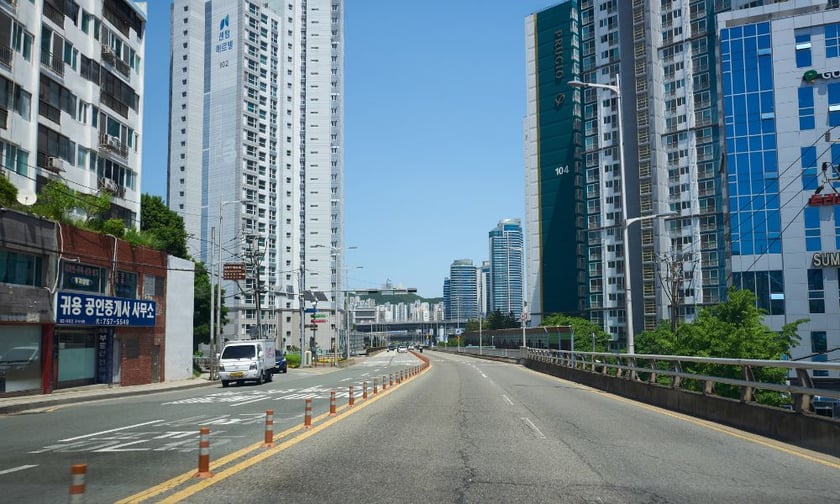

Starr Insurance , headquartered in the US, has received regulatory approval from South Korea’s Financial Services Commission to operate a new branch in Seoul.
The license permits Starr International Insurance (Singapore) Pte Ltd, Korea branch, to offer commercial property and casualty insurance throughout the country.
Paul Choi, who has over 30 years of experience in the insurance sector, was appointed as CEO of the Korea branch in May.
He has worked with both brokers and carriers during his career and holds a master’s degree in risk management and insurance from Georgia State University.
Phil Finley, president of Starr Asia Pacific (APAC), noted that South Korea represents a key market for growth.
“Korea is one of the largest commercial insurance markets in Asia, and Starr has a long history of operating in the region,” he said.
He added that Starr Insurance expects South Korea to become a good source of profitable premium growth for the company over the coming years.
This expansion comes at a time when insurers across the APAC region are rethinking their capital strategies, according to a recent Moody’s report.
A report by Moody’s has highlighted that P&C insurers in the APAC region are facing increasing asset risks, though their insurance-related risks remain lower than their US peers.
The study analysed 20 insurers in China, Japan, and Taiwan, which collectively represent more than 60% of the region’s premium income.
According to the findings, insurers are shifting capital towards diversified business growth, while reducing exposure to equity and credit risks. This strategic reallocation aims to improve capital efficiency and resilience against market fluctuations.
The Moody’s analysis showed that APAC insurers tend to allocate a larger share of their capital towards equity-related risks compared to US insurers. For instance, equity investments account for approximately 30% of the required capital for insurers in China, Japan, and Taiwan – three times higher than the 10% allocation for US insurers.
In contrast, insurance risks, such as pricing and reserving, are generally lower for APAC insurers, primarily due to shorter reserve durations, especially in auto insurance. US insurers, on the other hand, handle longer-duration products such as workers’ compensation and general liability, which increases reserving risks.
Across the region, insurers are adjusting their capital strategies to manage risks and promote more diversified business portfolios.
These shifts in capital allocation reflect a broader trend across the APAC insurance markets, where firms are rebalancing risk portfolios to build stronger, more resilient capital structures.
Moody’s highlighted that these efforts are being driven in part by the need to meet evolving regulatory requirements in the region.
